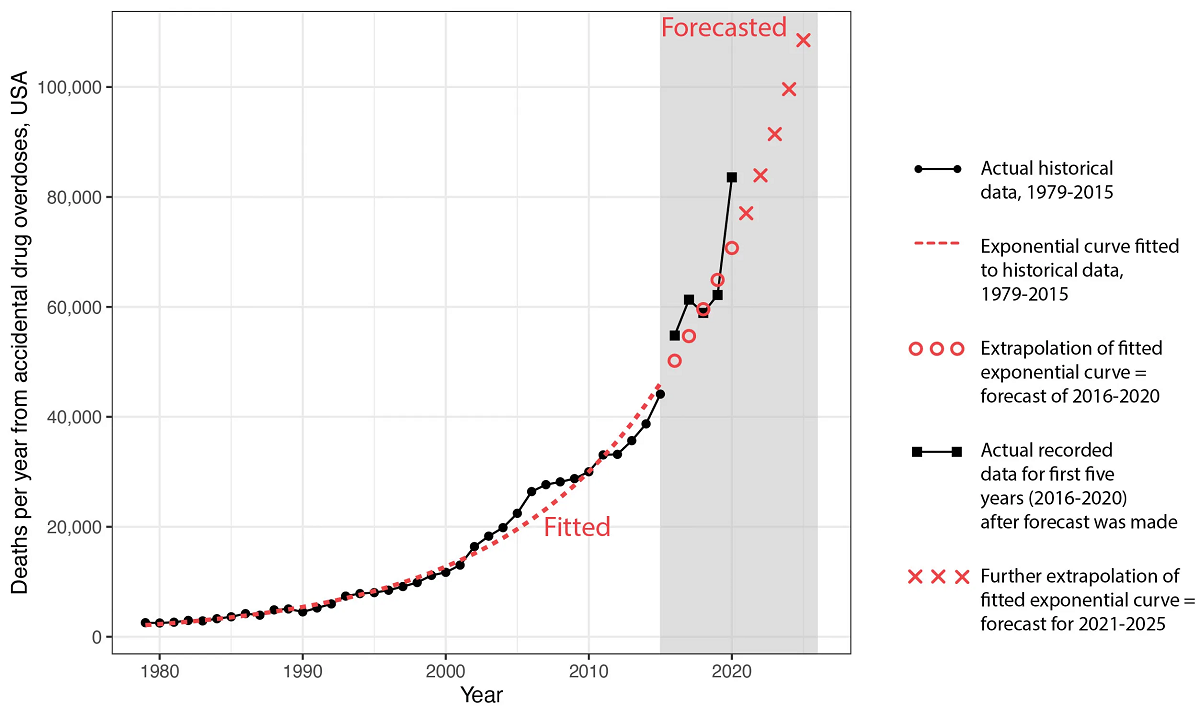The Faculty of Medicine’s Dr. Hawre Jalal contributed to this dire milestone while at Pitt’s School of Public Health. This comes as the International Journal of Drug Policy publishes a special section in its June issue to reflect on the exponential growth in drug-related deaths.
The special section – based around the Pitt team’s landmark research article in Science that analyzed nearly four decades of U.S. drug overdose data – contains commentary by four teams of epidemiologists, addiction specialists, modelers and drug policy experts, as well as an update from the original authors and an editorial by one of the journal’s senior editors.

“We need to stop denying that this exponential growth will continue if we don’t get at the root causes and fix them.”
Dr. Hawre Jalal
— Lead author and Associate Professor in the Faculty of Medicine
“There are theories, but nobody has an explanation for why drug overdose deaths so consistently stick to this exponential growth pattern, marching ever upward at an annual pace of 7.4%,” said Hawre Jalal, M.D., Ph.D., who was lead author of the Science paper while at Pitt and is now an Associate Professor in the School of Epidemiology and Public Health at uOttawa.
“Five years ago, leaders in the drug addiction and policy fields called our findings a coincidence. We need to stop denying that this exponential growth will continue if we don’t get at the root causes and fix them.”
In their article for the special section, Donald S. Burke, M.D., Distinguished University Professor of Health Science and Policy in Pitt Public Health’s Department of Epidemiology and senior author of the Science publication, and Jalal suggest that a “systems” analysis including, but not limited to, surveillance data from electronic health records, urine screening, wastewater testing, law enforcement drug seizures, surveys to measure societal well-being and despair, and the economics of the drug trade will be necessary to understand the exponential growth. Computational models and simulations will then need to be designed to guide and test interventions, they said.

“Improved understanding of the deep causal drivers of the epidemic may be necessary to bend the curve,” they conclude. “Unless something different is done, the death toll will probably continue to increase exponentially.”
Read the full release from the University of Pittsburgh.
Media requests:
Paul Logothetis
Media Relations Agent
Cell: 613.863.7221
[email protected]
